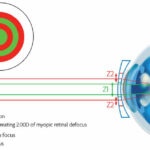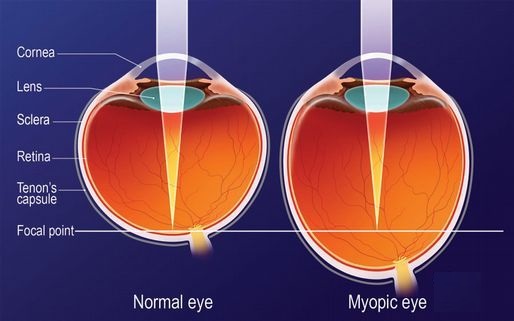These contact lenses are different than traditional lenses. They are designed to give clear vision and can control the rate of progression, which is a major scientific and technological breakthrough. MiSight lenses offer a simple, comfortable way to treat the progression of myopia. MiSight™ is a soft, daily disposable contact lens in the proven Proclear® […]
Tag Archives: Axial Elongation
Myopia Prevention is our next challenge
Myopia prevention is now in focus For years we have been studying and learning the best ways to stop or slow down the progression of myopia (nearsightedness). We are now searching for ways to prevent the onset of myopia altogether. Studies being conducted now explored how to achieve this difficult goal. With early intervention, we […]



